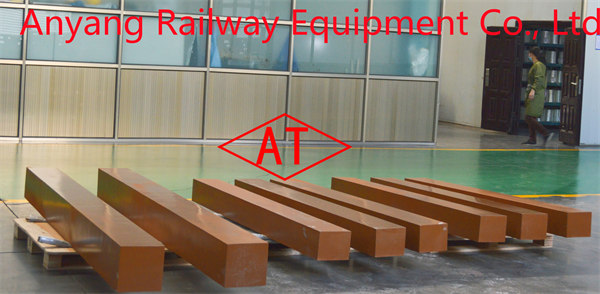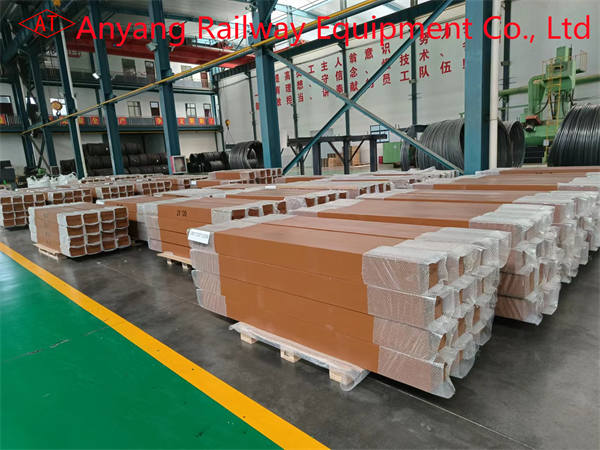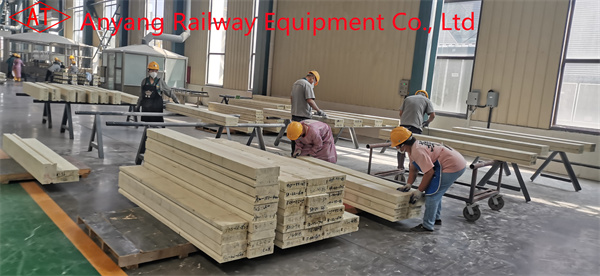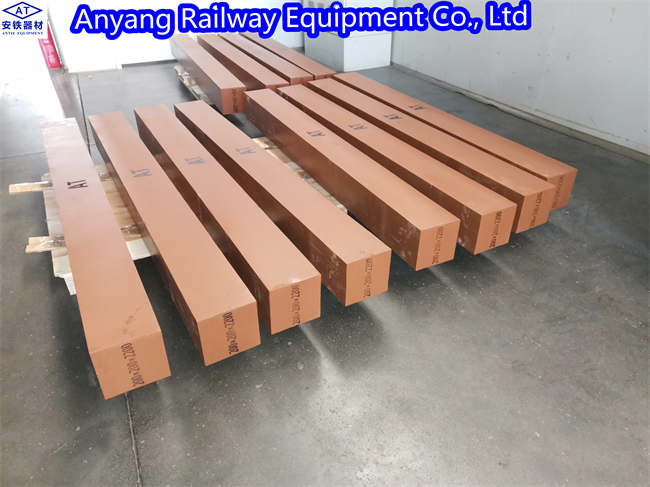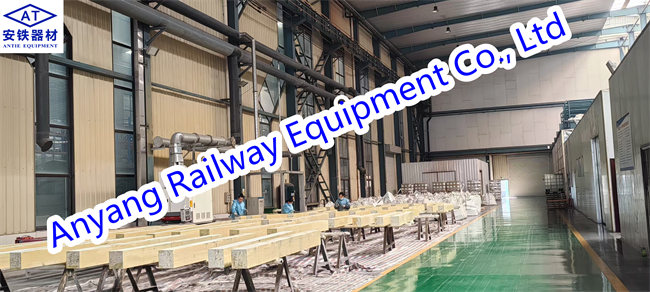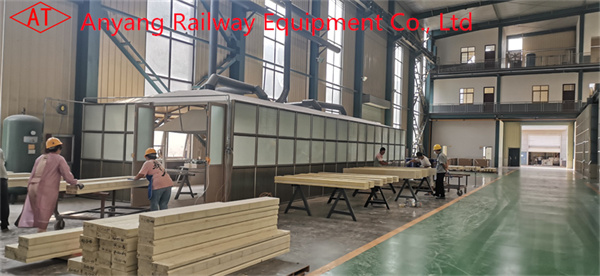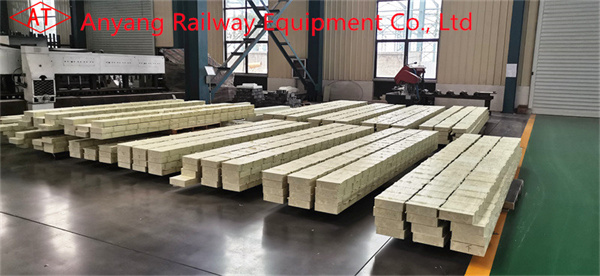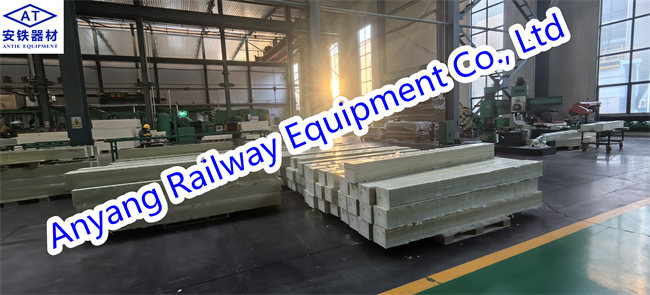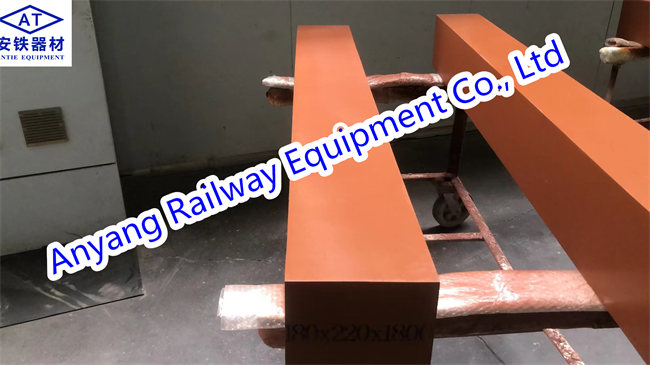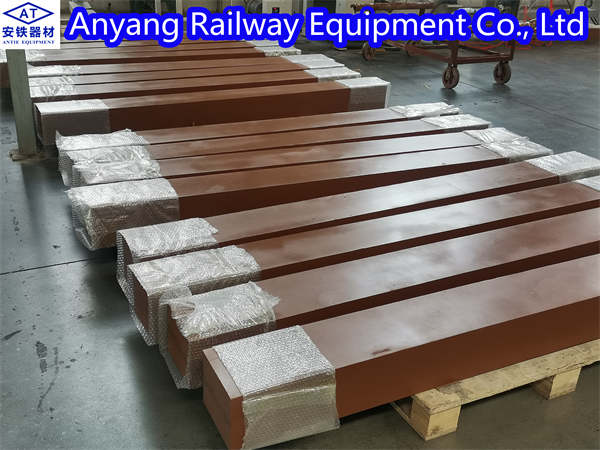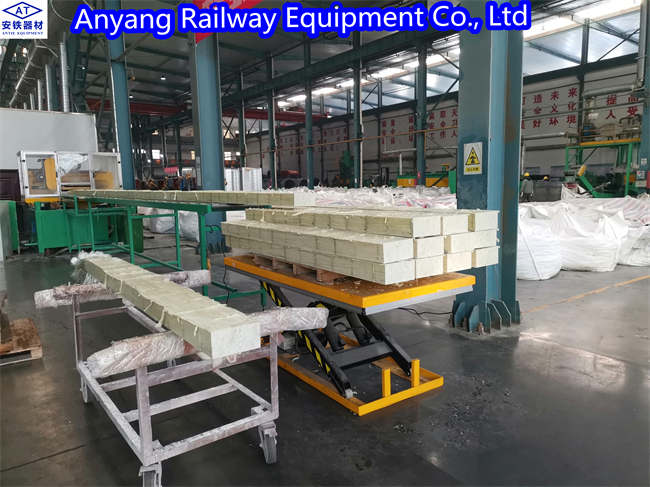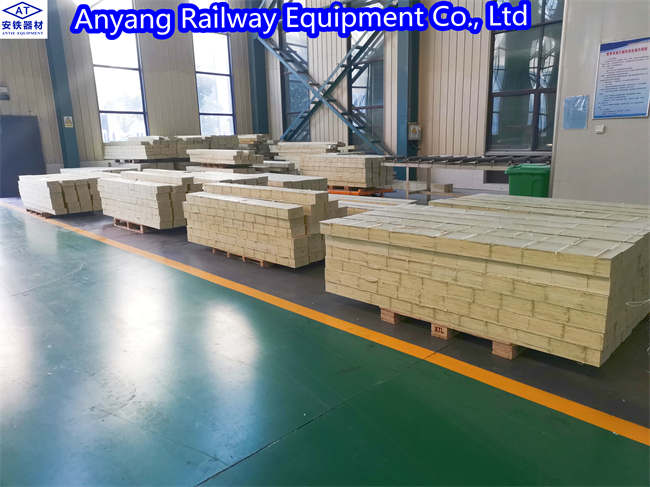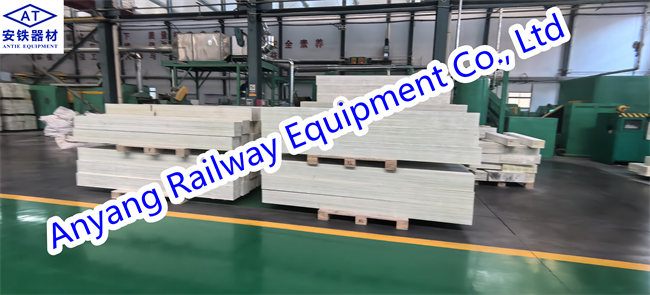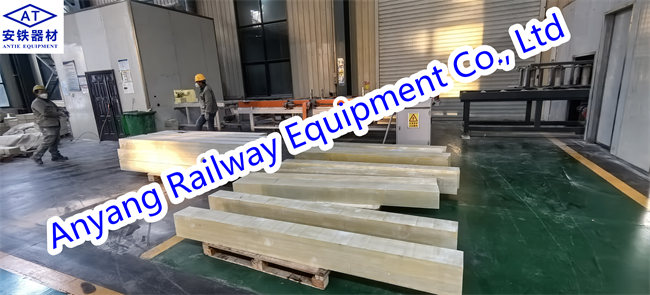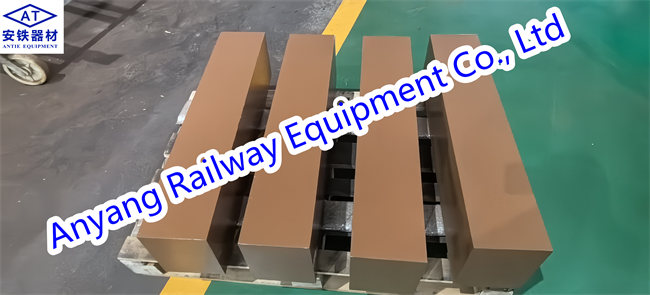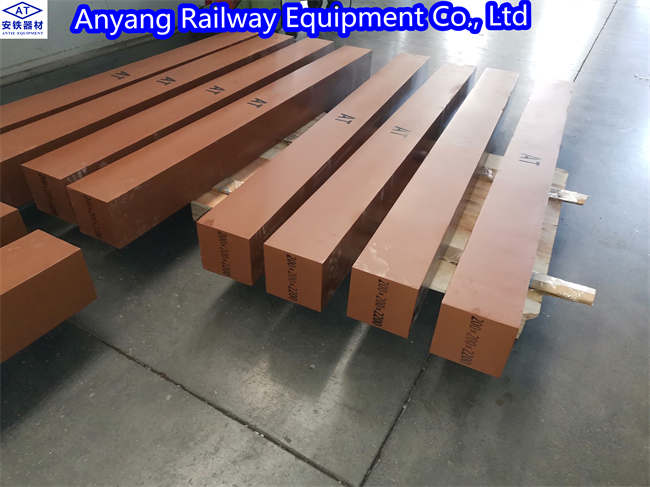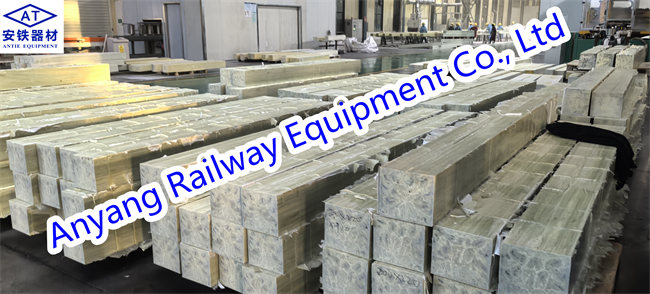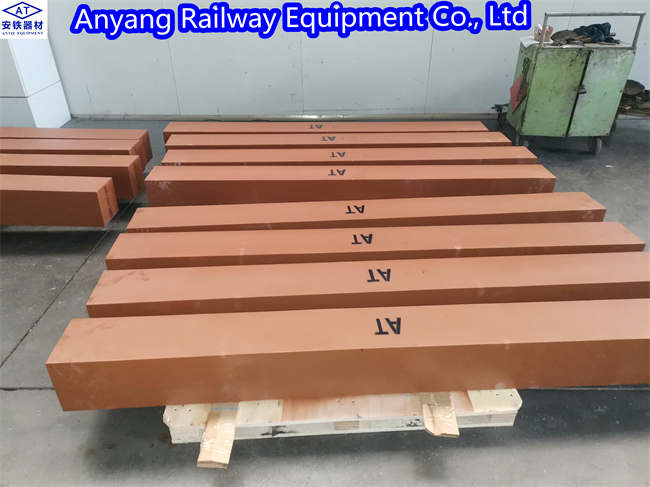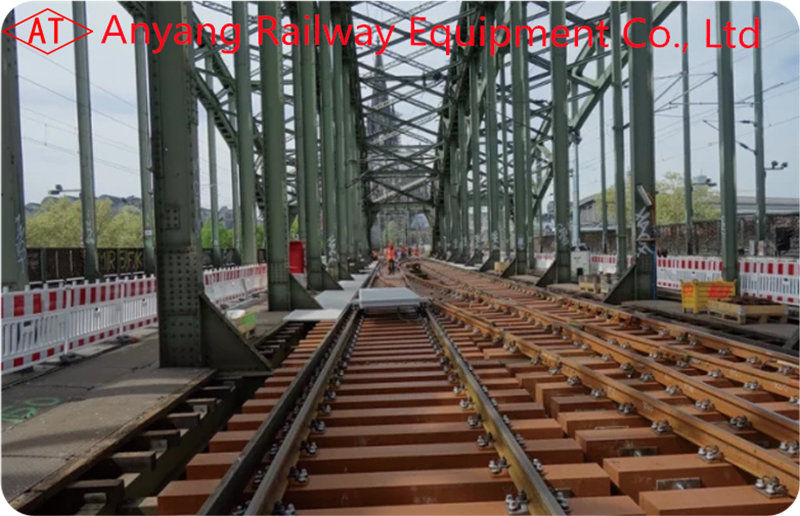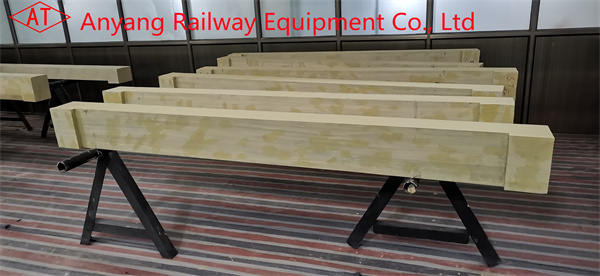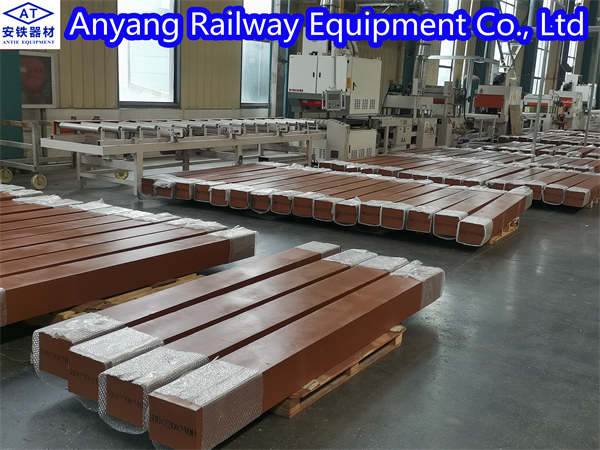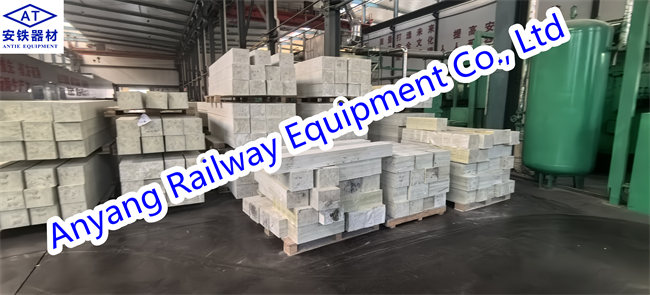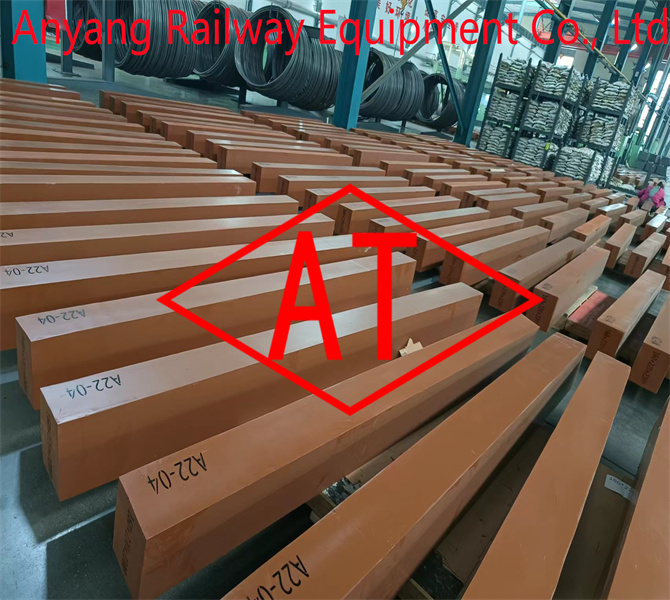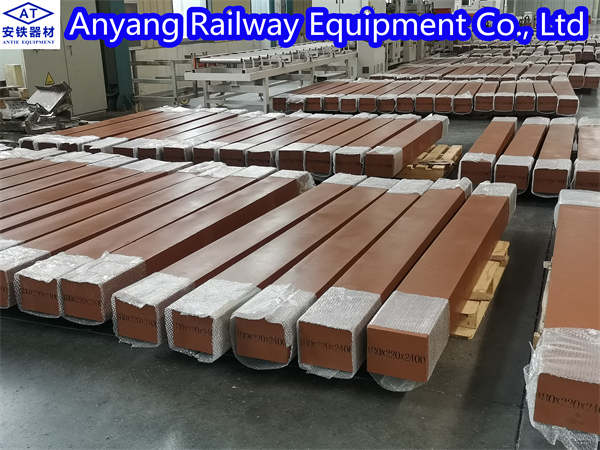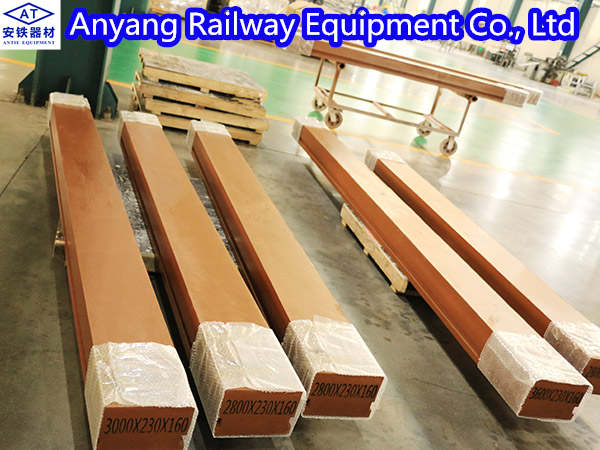China Railway Composite Sleepers Supplier
Railway Synthetic sleepers also called Composite Railroad Ties, also known as composite sleepers or polymer sleepers, are made of a composite material sheet produced by a foam extrusion process with continuous reinforced glass fiber (Fiber-reinforced Foamed Urethane), mixed with polyurethane, supplemented with additives. Compared with concrete sleepers, wooden sleepers, steel sleepers, plastic sleepers, it has many advantages, such as light in weight, good insulating and more than 50 years in service life, high heat-insulating, good chemical-resistant, very low maintenance costs, etc.
The synthetic sleeper is composed of continuous glass fiber reinforced polyurethane foam material. Compared with traditional wooden sleepers and cement sleepers, it has the characteristics of simple construction and installation, long service life, waterproof, fireproof, insect-proof and recyclable, as well as the features of light weight, high strength, corrosion resistance, good insulation performance, easy processing, no water absorption, etc. It also has the advantages of wood and plastic. The synthetic sleeper has a certain function of shock absorption and noise reduction, and is suitable for special railway sections such as turnouts, bridges, and subways, and meets the environmental protection requirements of intercity railways.
The synthetic sleeper production line adopts advanced technology, equipment and environmental protection treatment facilities, the maximum output is 15,000m3/year.
Main features of Railway Synthetic sleepers:
- Ambient temperature: -45 ℃ ~ 70 ℃
- Machinability: The same as Timber.
- Density: The same as wood (740kg/m3).
- Electrical conductivity: Very low.
- Chemical resistance: Very high.
- Lifecycle costs: Minimal.
- Custom manufacture: to millimeter precision.
- Sustainability: 100% recyclable.
The Composite Railroad Ties manufactured by Anyang Railway Equipment Co., Ltd(AT) are popular in various rail transport systems, particularly on bridges/viaducts turnouts, switches, and other projects in high-speed and metro railroad construction.


